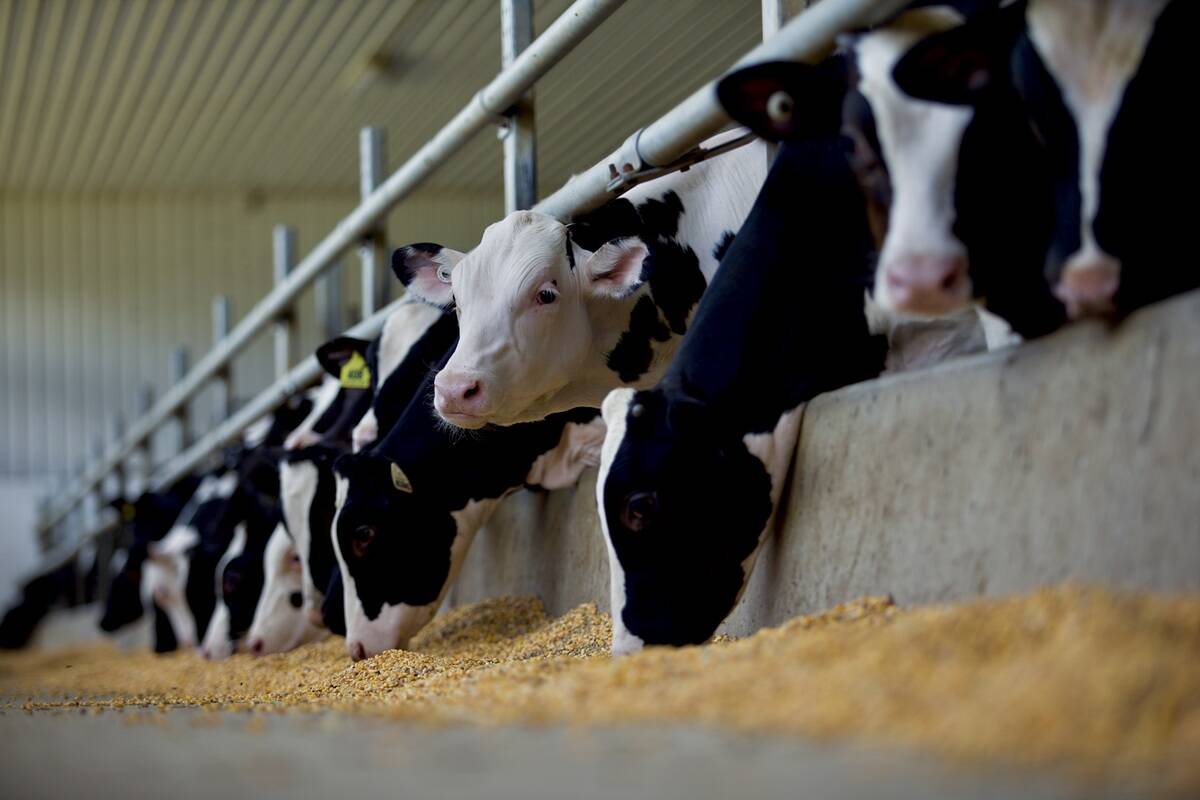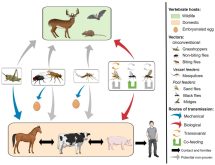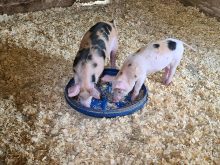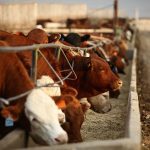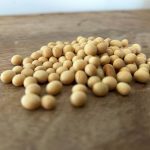Glacier FarmMedia — A Canadian Food Inspection Agency (CFIA) announcement on import regulations for feeder calves caused some confusion on the administrative side of Canada’s cattle industry earlier this month.
The Oct. 8 announcement listed five regulatory changes to the Import Reference Document (IRD) — the list of import requirements for CFIA-regulated commodities — purportedly relating to feeder calves.
However, there’s been some confusion in the national feeder sector over who these regs are actually for and why they were developed.
One person who does know is Jennifer Haley, executive director of the Veal Farmers of Ontario and administrator for the Canadian Veal Association (CVA).
Read Also
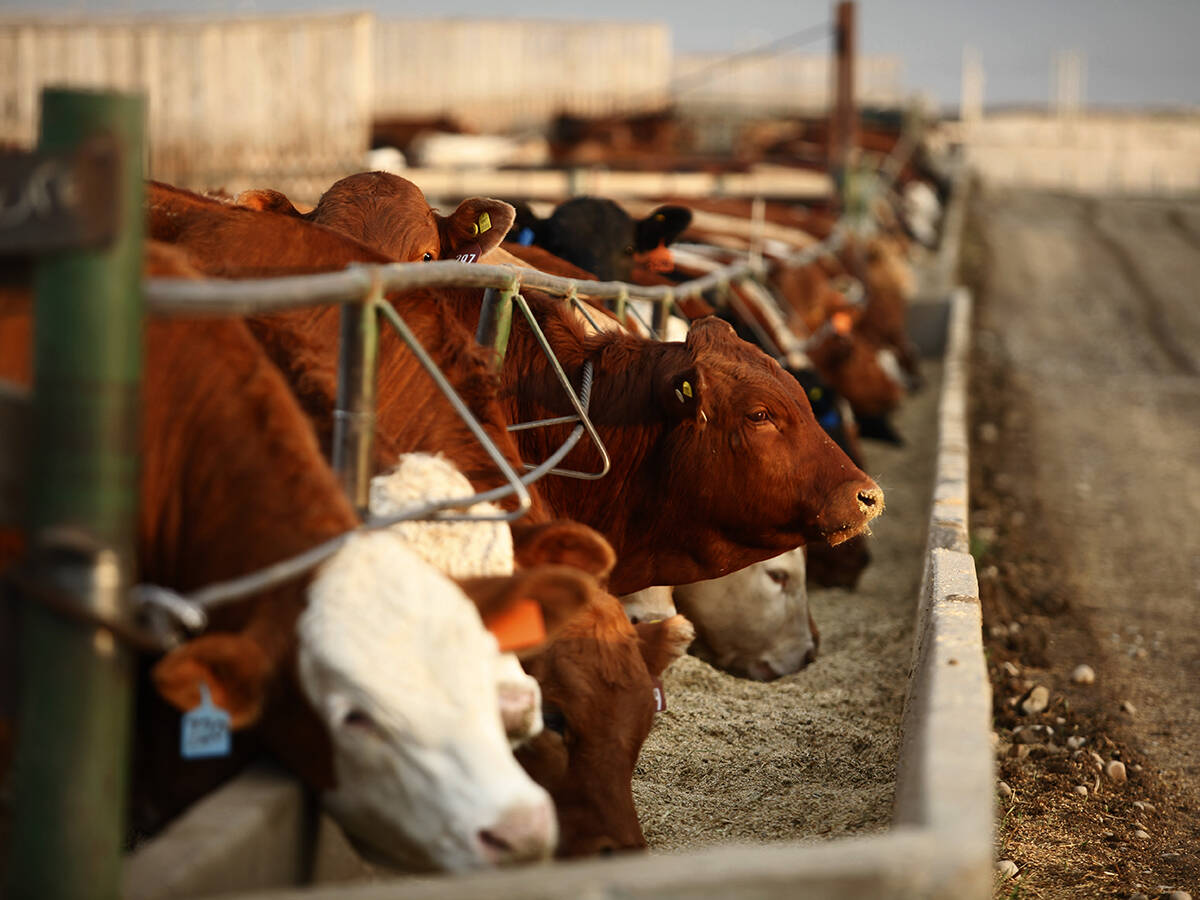
U.S. livestock: Cattle extend gains on improving cash prices, packer demand
Reuters — Chicago Mercantile Exchange live cattle futures set a three-week high and feeder cattle hit their highest level in…
Haley explained that the regulatory amendments have been on the association’s wishlist to the CFIA since 2021, although in some cases they’re formalization of practices the Canadian veal industry have already been working under.
“I talked to some of my beef colleagues and they’re like, ‘What is this? We didn’t hear anything about this. What’s going on?’ This is specific to veal.”
The changes include:
1.The maximum time frame between import and slaughter has been increased from 36 to 40 weeks.
This refers to a program that allows veal producers to import intact bull calves into Canada and, once there, a CFIA-approved quarantine facility where the calves are fed, finished and sent to harvest, said Haley.
The related regulation used to contain a clause saying the animals must be terminally slaughtered no later than 36 weeks from the time they entered Canada. That range is now 40 weeks to allow more time for finishing.
“In 2020, the veal industry’s upper weight limit was increased from 400 to 419 pound hide-off carcass weight, so because we had that extra weight on, producers were not able to finish these animals properly at 36 weeks and essentially leaving money on the table,” Haley said.
“That extra four weeks gave the producers the flexibility to get those animals properly finished with that extra weight that we’d already been approved to be able to do. That’s a better yield for the processor as well … they have a better-yielding animal with that extra finish on it.”
2.The minimum age at the time of importation has been changed from not less than eight days to not less than nine days of age.
CFIA’s Health of Animals Regulations – Transportation Section forbids the transportation of young dairy cows unless they are at least eight days of age. The new amendment ensures imported calves have met this age requirement before entering Canada, said Haley.
“(It’s) a housekeeping piece to make sure … we’re not having any confusion with producers in terms of difference in days or difference in timelines.”
3. The maximum age at the time of import has been increased from 14 to 21 days of age.
This amendment offers producers a little more time flexibility when sourcing animals from the U.S., noted Haley.
“The marketplace is getting tighter and tighter and tighter for the supply of animals and so that extra seven days just gives … a little bit more wiggle room to be able to bring a load into Canada all at once.”
4. Reference to the Meat Inspection Act has been changed to the Safe Food for Canadians Regulations; and
5. Reference to section 149 of the Health of Animals Regulations has been changed to section 152.2. Although not explicitly stated in section 17 of the IRD, importers must comply with all applicable requirements under Part XII (Humane Transport) of the Health of Animals Regulations.
These two CFIA amendments fall under the category of housekeeping, said Haley.
“It just reflects the production systems here in Canada and it lines up with the timing of other pieces of regulation that we have as well.”
In Canada, veal is predominately produced in Ontario and Quebec in the heart of the country’s dairy sector. That’s appropriate because Holstein bull calves are typically the breed of choice for veal.
Haley noted it also reflects the consumer market, with more people looking for veal in the eastern U.S., Ontario and Quebec, adding the west lacks processing capacity for veal.
“There is some consumer market out west as well, but that’ll be veal coming from Ontario or Quebec.”
Veal has long been a lightning rod of controversy due to its association with “baby cows” — an accusation the Veal Farmers of Ontario call “a common misperception” on its website.
“Veal cattle are raised to about seven to eight months of age and about 750 pounds (340 kilograms) before they are sent to market,” reads the site. “In fact, veal is the second oldest meat Canadians eat; only beef cattle are older and heavier when they have reached market weight.”
Beef cattle between nine and eleven months of age are usually placed in a feedlot where they are fed to a finished weight of 1,450 to 1,700 pounds, according to the Canadian Cattle Association.


